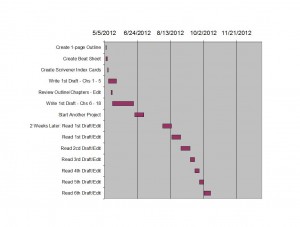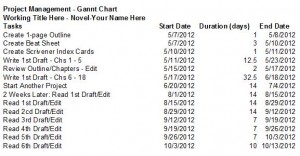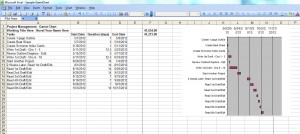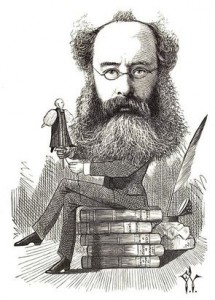 I love the scenes in old movies which depict writers writing. Most of these romantic old movies are set in the typewriter days.
I love the scenes in old movies which depict writers writing. Most of these romantic old movies are set in the typewriter days.
If I were to amalgamate the various scenes to the best of my recall, the Writer is usually shown frustrated and grasping for the Next Big Idea. Something Occurs in his life that sparks an idea, or breaks a creative logjam. The writerly person scurries to his trusty Remington (typewriter, not rifle) and plays those keys like Mozart composing, usually with a look of noble and fierce concentration and terrible speed – those fingers fly!
If anyone or anything interrupts the movie Writer, it is only to show him/her firmly pushing said Interruptor out of the picture and returning intently to the work at hand.
It is difficult to envision writers like this thinking through Concept, Plot and Structure, ensuring their Scenes have the proper rhythm, development, and flow. For them, it all seems to pour out in a rush of creative inspiration.
We writers know that there is actually nothing duller than the actual visual of a writer writing. It consists of one of us staring at a computer screen and tapping things out on a keyboard with (depending on our levels of self-discipline) breaks for coffee, Internet browsing, daydreaming – and, of course, attending to the earnest practical matters that keep that handy roof over head and three squares on the table.
Inspiration does indeed play a part in writing. But, with few exceptions, successful writers need to master Technique to produce novels that sing. The exceptions aren’t really exceptions: some writers have an intuitive grasp of Technique. This is because they have mastered and internalized the way Story works to a degree that they may not consciously need to think about how to build a story.
For all writers who aren’t sure whether they have this kind of mastery: When in doubt, Plan it out.
Just for fun: Someone actually compiled a list of most of the Movies about Writers and Writing! (Click on link at left to view.)
Happy Writing!
Image: Foxtongue via Flickr CC





